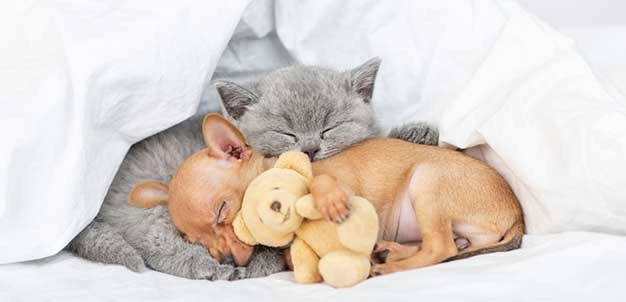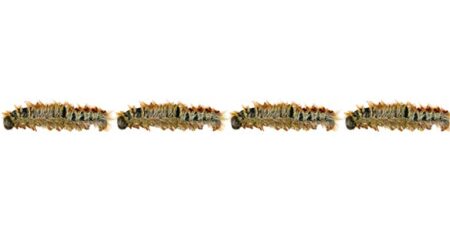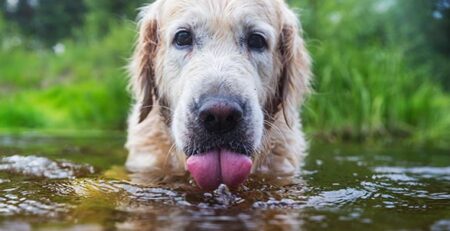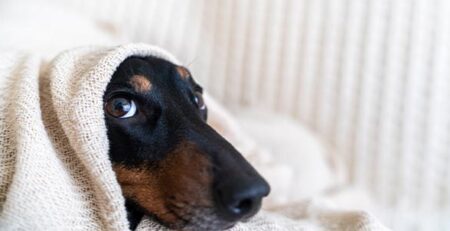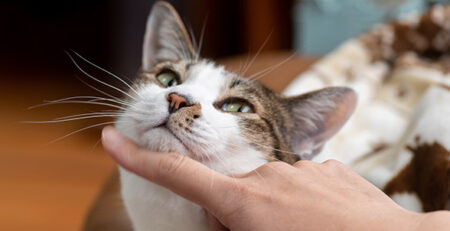Table of Contents
They say “Don’t tease the sleeping dog” because dogs’ and cats’ brains during sleep work like yours, and they too have sweet dreams and bad nightmares.
That’s right, yes: cats and dogs also dream.
Scholars and scientists have proven this theory through observation of the physical behavior of dogs and cats during various stages of the sleep cycle, discovering that their sleeping brains function similarly to the sleeping brains of humans.
Have you observed your dog or cat while it sleeps and noticed that it emits faint whines, has muscle contractions, occasionally turns from side to side, barks or howls, wags its tail?
Using imaging tools (CT and MRI), the researchers examined the electrical and chemical activities of the animals’ brain cells while they slept.
Scholars recorded neuronal activity in the hippocampus of dogs and cats during sleep
The hippocampus is the area of the brain involved in the formation and encoding of memories concerning experienced events.
It is basically wired the same way in almost all vertebrates and mammals.
So we infer that dogs and cats dream and do so in a very similar way to humans.
During sleep, the hippocampus reactivates, generating activities similar to those when awake.
It then sends information to the cerebral cortex, which in turn reacts.
Dreaming is also related to REM phase for dogs and cats
Two stages of sleep are recognized:
– Slow wave sleep LEM(Low Eye Movement) which is still not deep sleep, with slowed brain activity and slow eyeball movements)
– REM phase(Rapid Eye Movement of deep sleep, characterized by rapid eyeball movements)
Small dogs have shorter but more frequent dreams than large dogs.
In contrast, in puppies, who sleep significantly longer, REM phases are longer than in adults.
But then, what do our dogs and cats dream about?
Non-REM dreams are usually composed of snapshots of the events of that day, and the animal relives the activities performed during the day.
During the REM deep sleep state, dreams last longer.
The dog or cat draws on a repertoire of past experiences.
During sleep: sweet dreams or terrible nightmares?
It is possible for dogs to have dreams in which they recall traumatic events in their lives or fears they have while awake.
If you think your dog or cat is having a nightmare, never wake him or her up suddenly: disoriented and a little frightened, he or she might even bite.
Rather let the nightmare take its course, try to keep track of how many times it happens, and carefully observe how and how much he sleeps.
There are, in fact, some sleep disorders that are often underestimated or completely ignored.
What are the sleep disorders of dogs and cats? Let’s start with sleepwalking
The most serious, though rare, is “REM Phase Behavioral Disorder,” which can be equated with human somnambulism.
It occurs when the dog performs the actions it is dreaming of performing: getting up, running or biting, for example.
Unfortunately, the danger is that it may slam into walls and surfaces or bump into something and therefore, injure itself.
If your dog sleepwalks or fidgets a lot while sleeping, make sure the environment is safe and make his or her sleeping nook as cozy as possible.
These excessive movements can also be caused by seizures.
So it’s a great idea to take your dog to your trusted veterinarian if these episodes start to occur.
And again, narcolepsy
The symptoms of narcolepsy present with sleep attacks and sudden falls, usually after a period of increased excitement or physical activity, such as mealtime or playtime.
It affects younger individuals the most.
It is caused by the presence of very low levels of a chemical neurotransmitter, the
oressin
, which helps maintain regular sleep.
Lack of oressin is usually genetic and seems more frequent in breeds such as Labrador, Doberman, and Poodle.
There is no cure for narcolepsy, but some treatments and changes in your pet’s lifestyle can help reduce its symptoms.
Sleep apnea during sleep
This is a sudden narrowing of the airway that prevents the passage of air for a few seconds and causes the dog to suddenly wake up.
These continuous sleep interruptions make the dog weak and tired all day long.
Dogs belonging to brachycephalic breeds such as the Pug, Bulldog and Boston Terrier are more prone to suffer from sleep apnea.
Sleep apnea can also pose a danger to obese dogs and can be a serious and in extreme cases, fatal disorder.
If your dog snores very loudly and seems to wake up often while he sleeps, have him examined by your trusted veterinarian.
Contact us if any of these sleep disorders are present or if you notice a significant change in your dog’s behavior during the day: begin a course of diagnosis and treatment as quickly as possible.
Please note that Clinica La Veterinaria is always open daily h24 including holidays and with Emergency Service from 8 pm to 8 am.
For the joy of seeing them HAPPY

